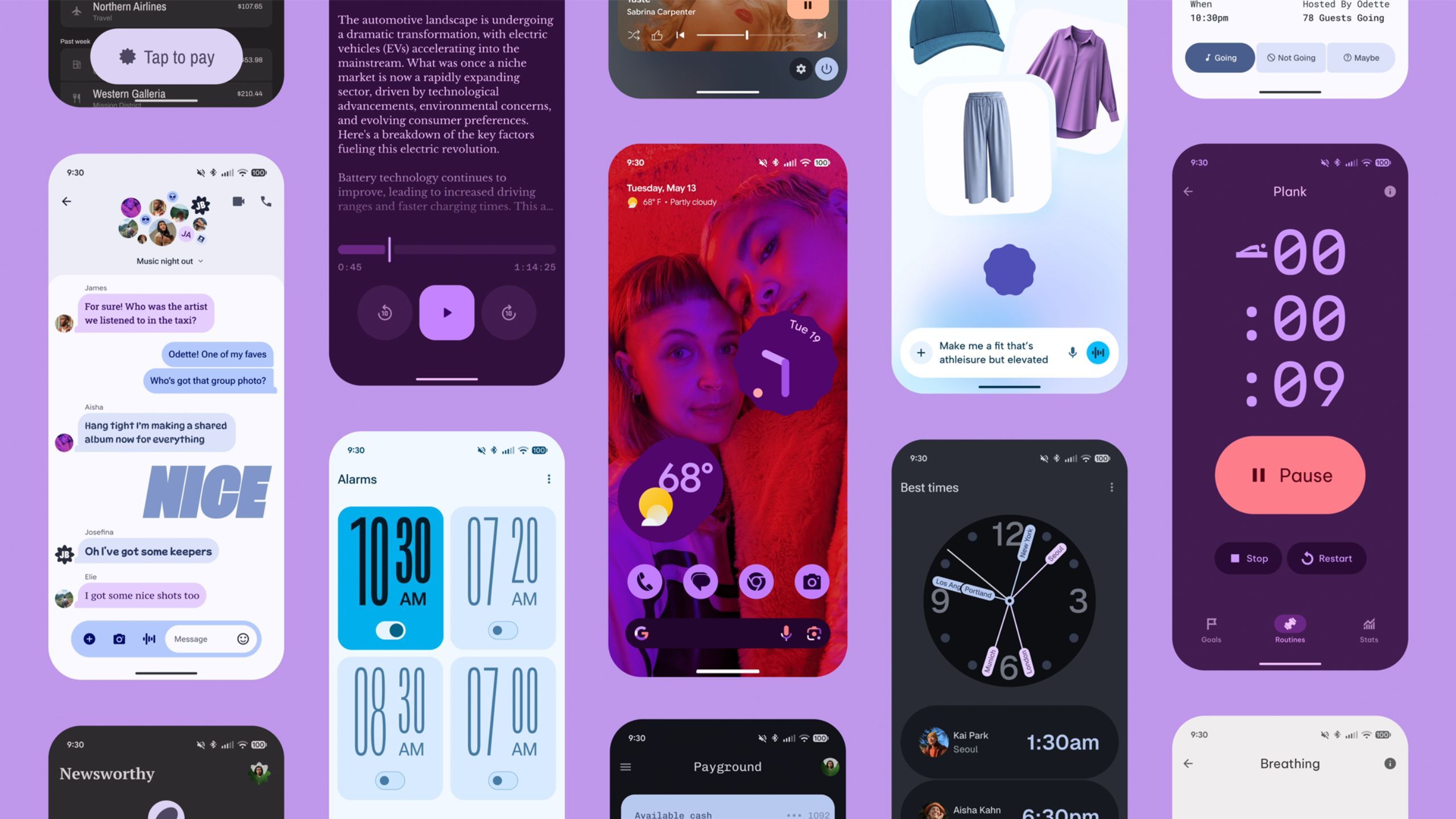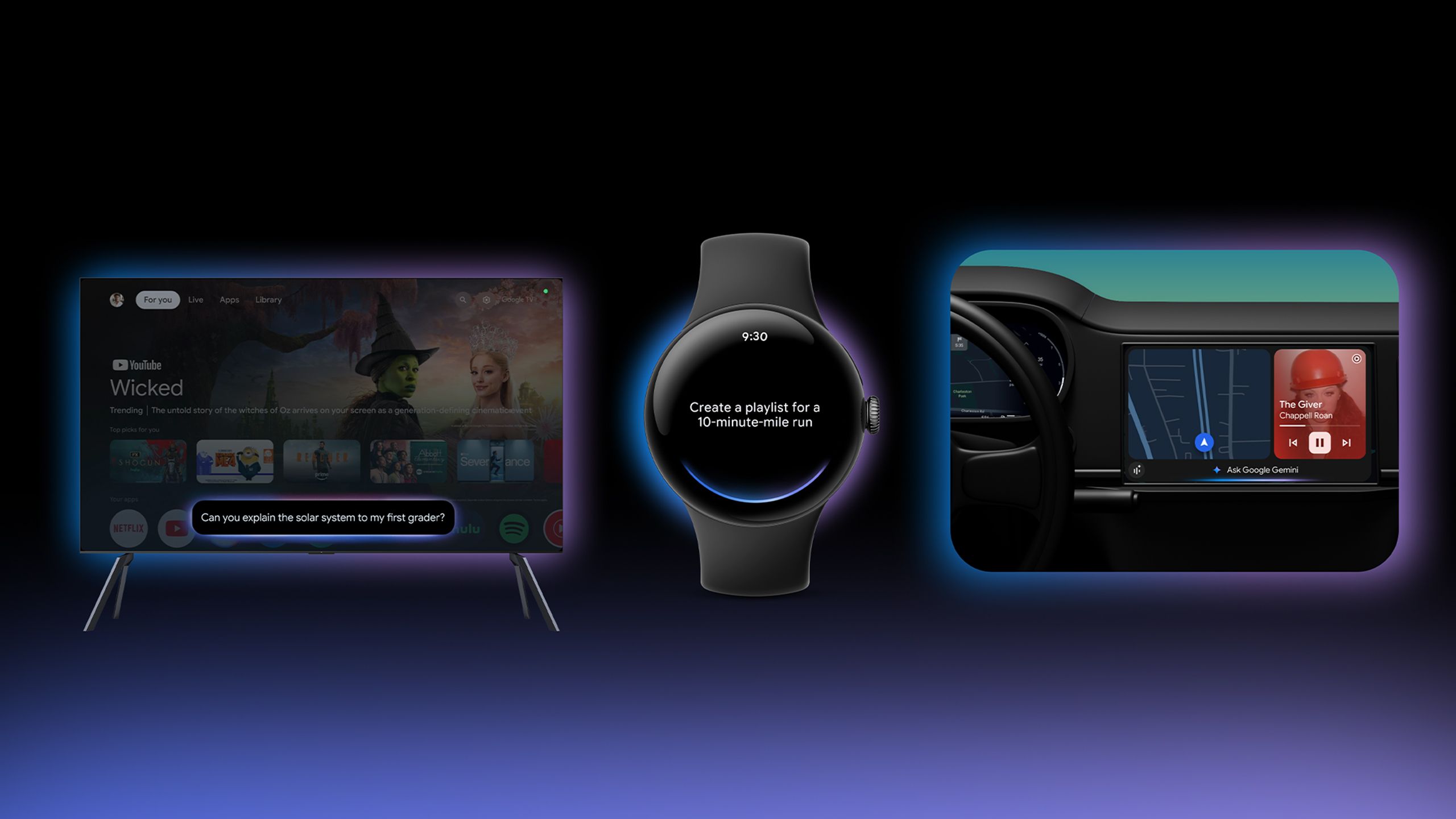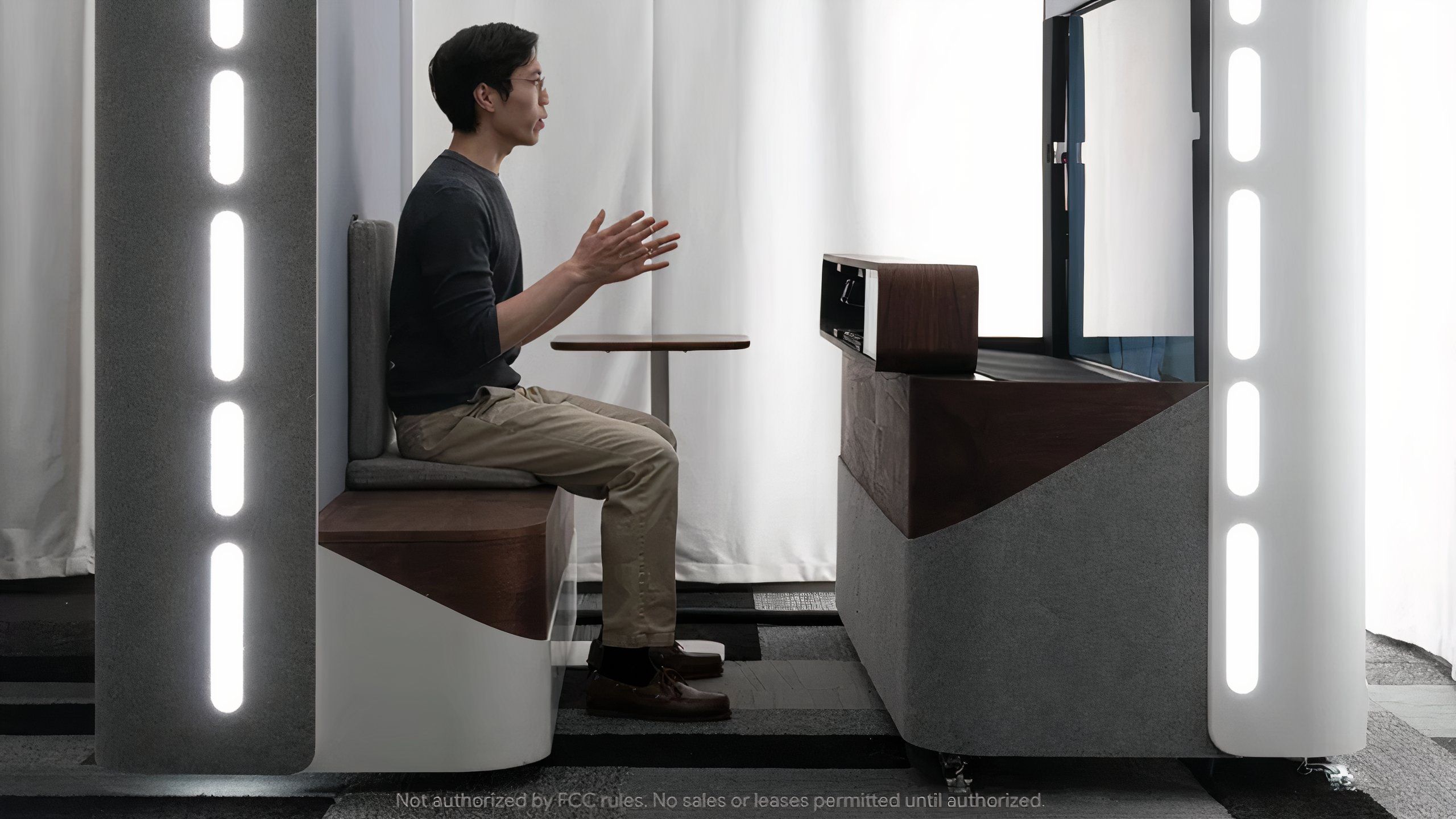Summary
- At its I/O 2025 developer conference, Google announced its all-new Beam platform.
- Google Beam, which was previously known as Project Starline, aims to make video conference calls feel more lifelike and natural.
- Beam uses volumetric video, AI advancements, light field display tech, and more to achieve its 3D video calling effect.
Google’s annual
I/O developer conference
is currently underway for the 2025 season, and the tech giant has taken the opportunity to formally introduce a new platform it calls Google Beam. Beam is designed to improve upon the standard video conferencing calls we know and (sometimes) love, by introducing a more realistic 3D video steaming experience into the mix. Through the use of a new “state-of-the-art AI volumetric video model,” Beam promises to make online video calls feel more natural without the need to strap on a dedicated headset or a pair of glasses.
“The Google Beam platform will use Al to enable a new generation of devices that help people make meaningful connections, no matter where they are. Our state-of-the-art Al volumetric video model is what makes these calls appear fully 3D from any perspective. It transforms standard 2D video streams into realistic 3D experiences, allowing you to connect in a more natural and intuitive,” says Andrew Nartker, General Manager of Google Beam, in a blog post.
As a platform, Google Beam is an evolution of the company’s existing
Project Starline
, which it first detailed back in spring 2021. To create a convincing 3D video effect, a mix of machine learning, spatial audio, real-time compression, and light field display tech are all being leveraged to create “a profound sense of dimensionality and depth.” On the back end, Google Cloud’s infrastructure is being used to power the platform.
Google says that Beam is being prepped for deployment in workplace settings, with the company stating that: “We’re working in collaboration with HP to bring the first Google Beam devices to market with select customers later this year. In just a few weeks, you’ll see the first Google Beam products from HP at InfoComm.” The search giant is also working with other video call industry names like
Zoom
to bring Beam to more businesses and organizations across the globe.
Elsewhere, Google is working to integrate speech and language translation into its Google Beam platform, though details on its integration are currently sparse. In the meantime, this same translation tech will be arriving on
Google Meet
starting today, placing it within the company’s existing consumer-facing video conferencing service.

Related
Google’s big Android redesign is official, and it’s teeming with expression
At its Android Show: I/O Edition, Google has unveiled Material 3 Expressive, the next evolution of Android’s design language.
Google Beam looks genuinely promising
Is Google about to usher in the future of video conferencing?
As a complete package, Google Beam looks rather promising. There has long been a desire for more realistic and personal video call solutions to hit the market, particularly in today’s post-COVID-19 pandemic era of remote video call normalcy. Some big tech giants like Meta and Apple have managed to create fairly convincing video conference experiences that make it feel like you’re sitting in the same room as the other person on the call, but they require the use of dedicated headsets or glasses in order to operate.
Google Beam is different — while it does require bespoke display and camera tech, it feels far less intrusive than some of the other solutions we’ve seen in the past. If Google manages to deploy Beam in an efficient and cost-effective manner, I can see the platform taking off in the years to come.
I’d love to leverage Google Beam (and its corresponding language translation) when video calling my family that lives in Greece.
For as useful as video conferencing is in the context of today’s modern workforce, it isn’t a substitute for direct face-to-face communication. A 3D video call experience has the potential to bring eye contact, body language, and other visual cues to a virtual setting for the first time, and I’m excited to see how this will play out in practice. Longer term, I hope to see this tech miniaturized and democratized across the consumer landscape — I’d love to leverage Google Beam (and its corresponding language translation) when video calling my family that lives in Greece, for example.
Pocket-lint will have more on Google I/O 2025 in the coming days.

Related
Google Gemini is coming to your smartwatch, TV, and car next
Gemini is soon expanding to even more Android devices, including your smartwatch and TV.





